Transcriptional patterns of sexual dimorphism and in host developmental programs in the model parasitic nematode Heligmosomoides bakeri, Parasites & Vectors
Por um escritor misterioso
Last updated 31 dezembro 2024
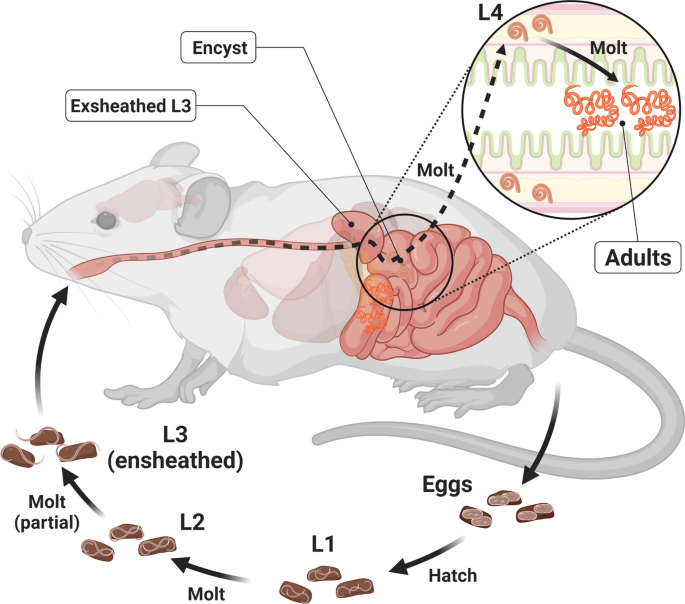
Background Heligmosomoides bakeri (often mistaken for Heligmosomoides polygyrus) is a promising model for parasitic nematodes with the key advantage of being amenable to study and manipulation within a controlled laboratory environment. While draft genome sequences are available for this worm, which allow for comparative genomic analyses between nematodes, there is a notable lack of information on its gene expression. Methods We generated biologically replicated RNA-seq datasets from samples taken throughout the parasitic life of H. bakeri. RNA from tissue-dwelling and lumen-dwelling worms, collected under a dissection microscope, was sequenced on an Illumina platform. Results We find extensive transcriptional sexual dimorphism throughout the fourth larval and adult stages of this parasite and identify alternative splicing, glycosylation, and ubiquitination as particularly important processes for establishing and/or maintaining sex-specific gene expression in this species. We find sex-linked differences in transcription related to aging and oxidative and osmotic stress responses. We observe a starvation-like signature among transcripts whose expression is consistently upregulated in males, which may reflect a higher energy expenditure by male worms. We detect evidence of increased importance for anaerobic respiration among the adult worms, which coincides with the parasite’s migration into the physiologically hypoxic environment of the intestinal lumen. Furthermore, we hypothesize that oxygen concentration may be an important driver of the worms encysting in the intestinal mucosa as larvae, which not only fully exposes the worms to their host’s immune system but also shapes many of the interactions between the host and parasite. We find stage- and sex-specific variation in the expression of immunomodulatory genes and in anthelmintic targets. Conclusions We examine how different the male and female worms are at the molecular level and describe major developmental events that occur in the worm, which extend our understanding of the interactions between this parasite and its host. In addition to generating new hypotheses for follow-up experiments into the worm’s behavior, physiology, and metabolism, our datasets enable future more in-depth comparisons between nematodes to better define the utility of H. bakeri as a model for parasitic nematodes in general. Graphical Abstract
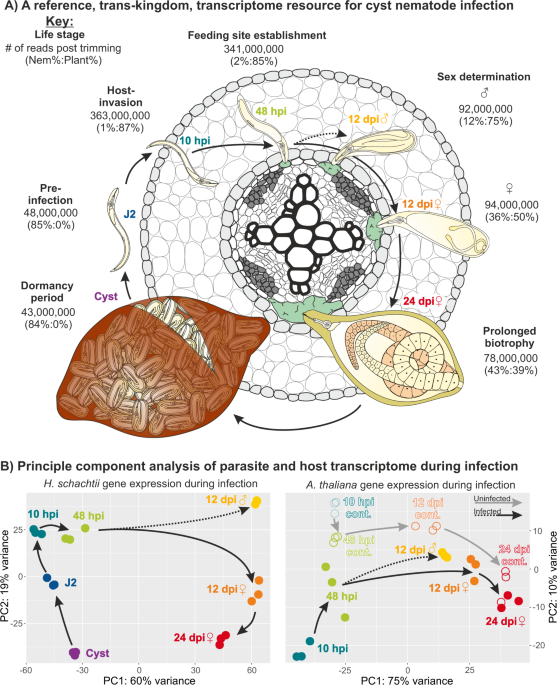
The genome and lifestage-specific transcriptomes of a plant

The genome and transcriptome of Haemonchus contortus, a key model

The production of excretory-secretory molecules from

Whipworm and roundworm infections

The genome and transcriptome of Haemonchus contortus, a key model

PDF) The production of excretory-secretory molecules from
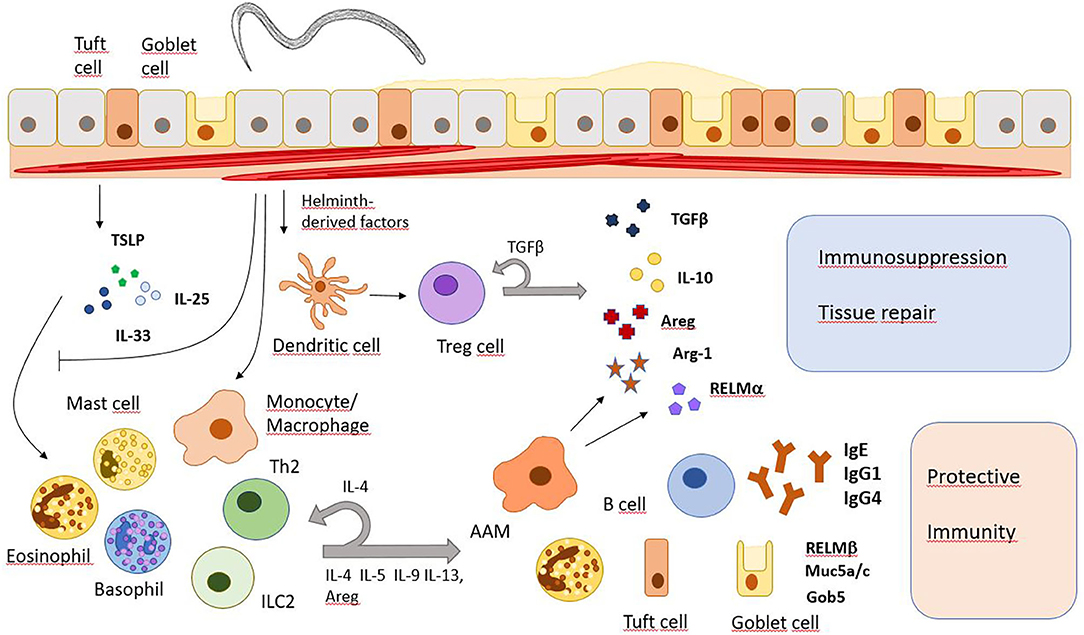
Frontiers Immunomodulation and Immune Escape Strategies of

Transcriptional patterns of sexual dimorphism and in host

Transcriptional patterns of sexual dimorphism and in host

Advancing Strongyloides omics data: bridging the gap with

Transcriptional patterns of sexual dimorphism and in host

Principle component analysis (PCA) and clustering of

PDF) The production of excretory-secretory molecules from
Recomendado para você
-
 Hamsters: Diet, habits & types31 dezembro 2024
Hamsters: Diet, habits & types31 dezembro 2024 -
 Hamster - Animal Facts for Kids - Characteristics & Pictures31 dezembro 2024
Hamster - Animal Facts for Kids - Characteristics & Pictures31 dezembro 2024 -
How to take care of 11 days old baby hamsters - Quora31 dezembro 2024
-
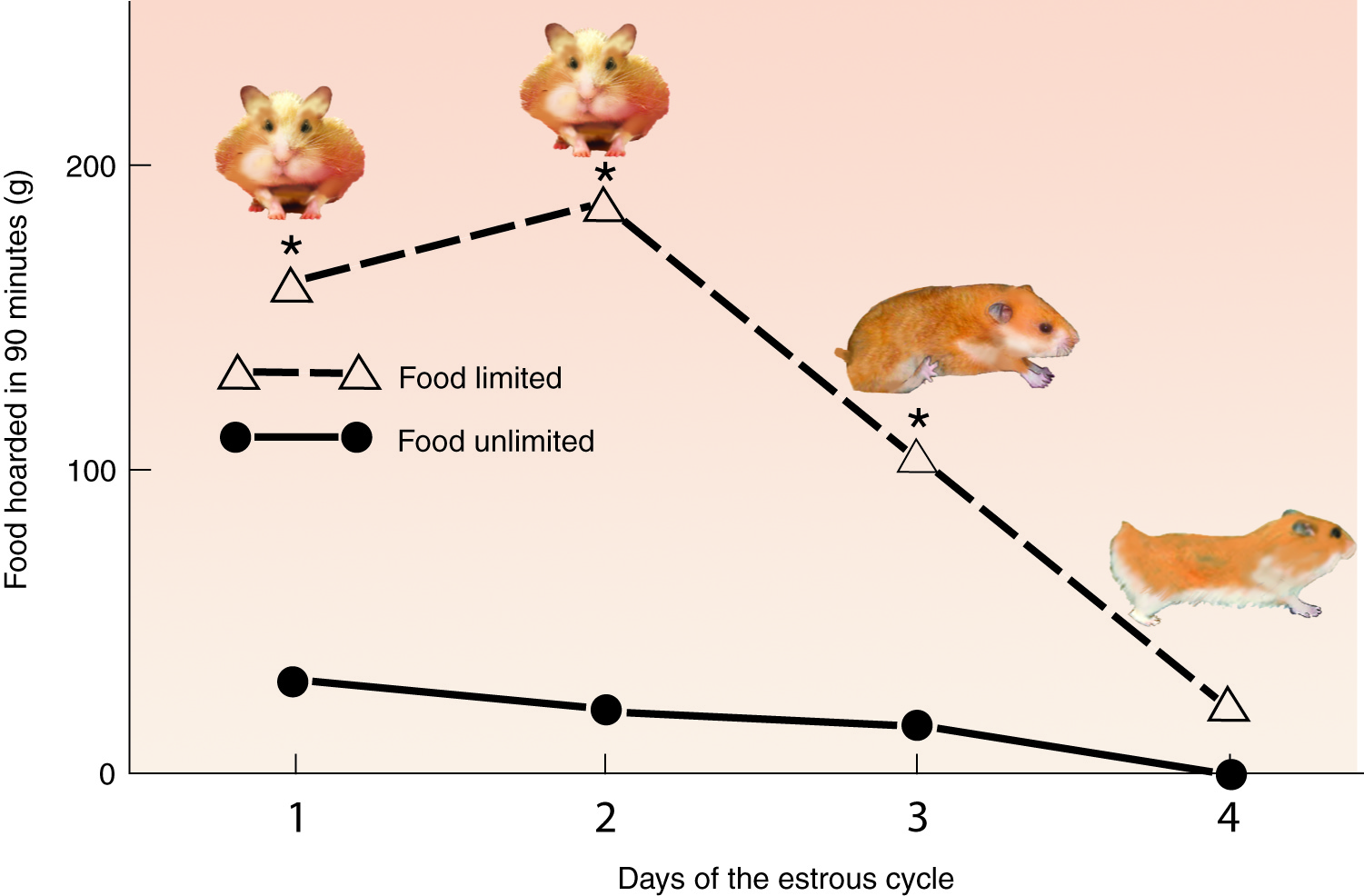 soul sexandfoodand31 dezembro 2024
soul sexandfoodand31 dezembro 2024 -
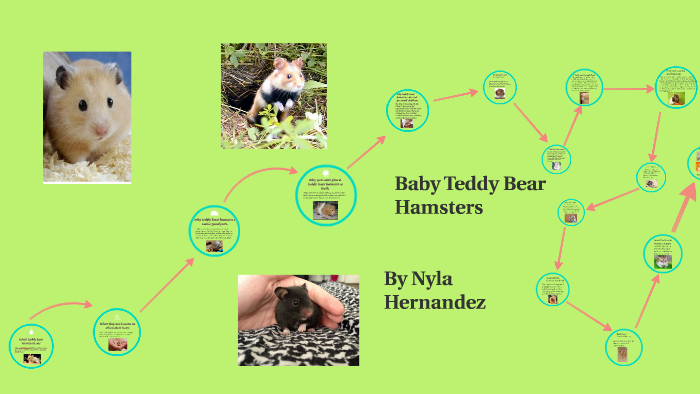 Teddy Bear Hamsters by Nyla Hernandez31 dezembro 2024
Teddy Bear Hamsters by Nyla Hernandez31 dezembro 2024 -
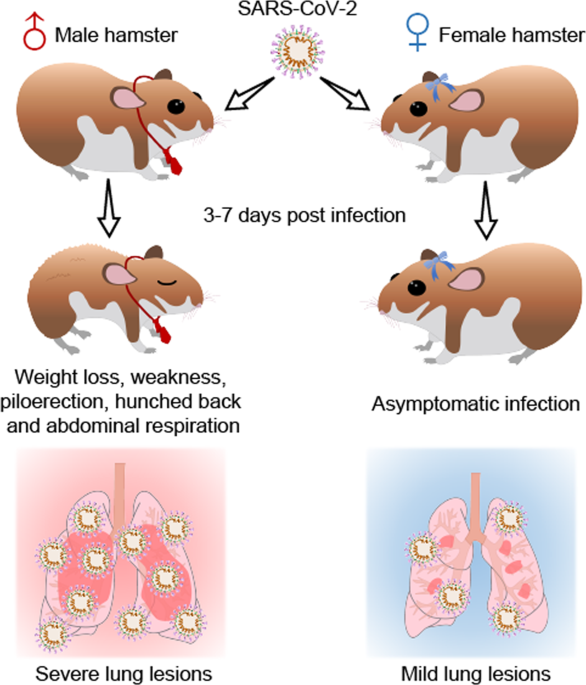 Gender associates with both susceptibility to infection and pathogenesis of SARS-CoV-2 in Syrian hamster31 dezembro 2024
Gender associates with both susceptibility to infection and pathogenesis of SARS-CoV-2 in Syrian hamster31 dezembro 2024 -
 The Life Cycle of Rodents - All Natural Pest Elimination31 dezembro 2024
The Life Cycle of Rodents - All Natural Pest Elimination31 dezembro 2024 -
 Molecular Prerequisites for Diminished Cold Sensitivity in Ground Squirrels and Hamsters - ScienceDirect31 dezembro 2024
Molecular Prerequisites for Diminished Cold Sensitivity in Ground Squirrels and Hamsters - ScienceDirect31 dezembro 2024 -
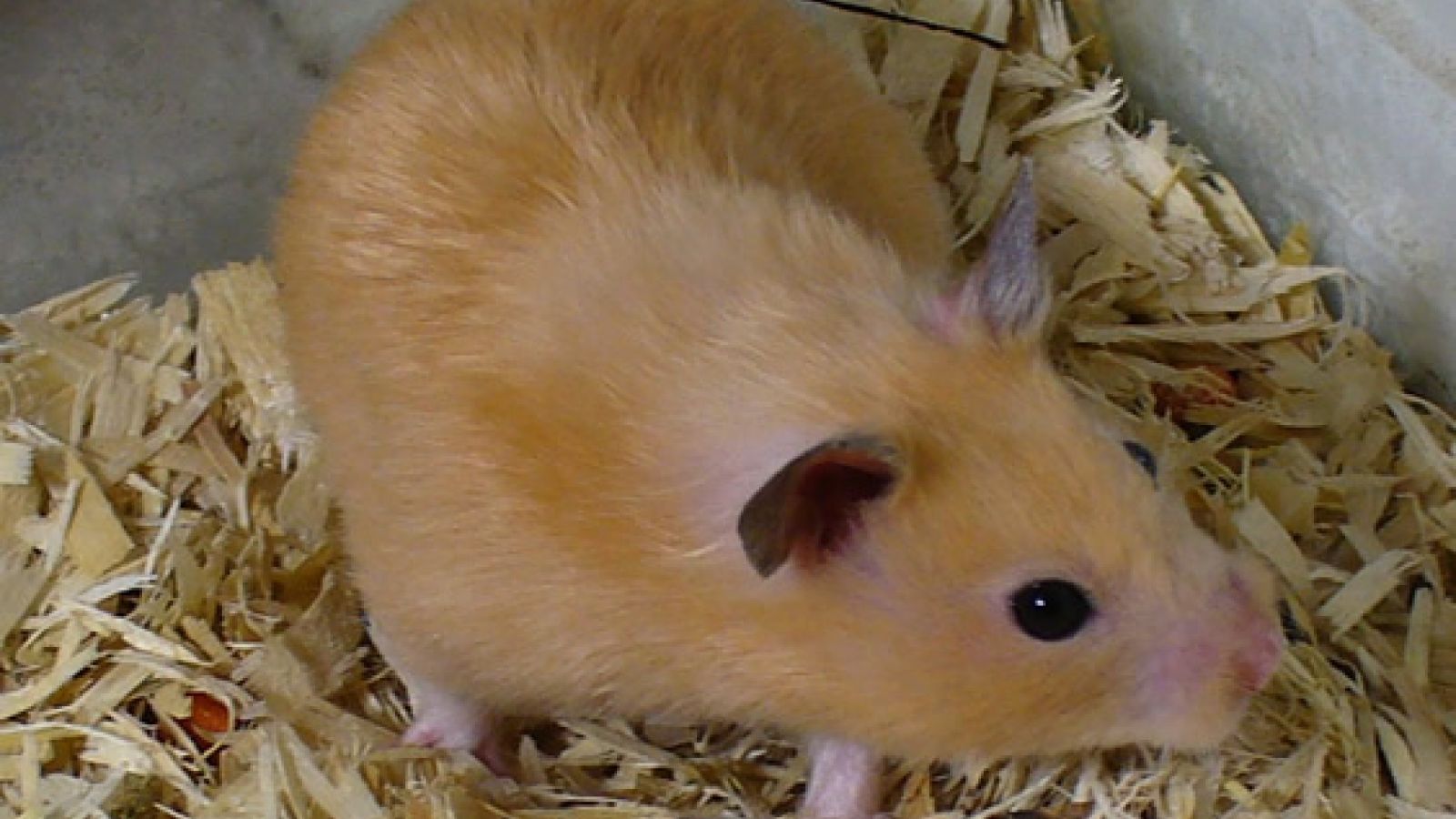 Hamsters in medical research31 dezembro 2024
Hamsters in medical research31 dezembro 2024 -
 Life Cycle of Teddy Bear Hamsters31 dezembro 2024
Life Cycle of Teddy Bear Hamsters31 dezembro 2024
você pode gostar
-
 Bayonetta 3 Vulkan Regressions Affecting AMD · Issue #9421 · yuzu31 dezembro 2024
Bayonetta 3 Vulkan Regressions Affecting AMD · Issue #9421 · yuzu31 dezembro 2024 -
 🔗Curiosidades de Metal Sonic🔗31 dezembro 2024
🔗Curiosidades de Metal Sonic🔗31 dezembro 2024 -
![ANSWERED] How Dealers Can Post Vehicles Into Facebook Marketplace For Free - Dealers United](https://www.dealersunited.com/wp-content/uploads/how-dealers-can-post-vehicles-into-facebook-marketplace-free.png) ANSWERED] How Dealers Can Post Vehicles Into Facebook Marketplace For Free - Dealers United31 dezembro 2024
ANSWERED] How Dealers Can Post Vehicles Into Facebook Marketplace For Free - Dealers United31 dezembro 2024 -
 Lauren by Ralph Lauren for Women 4.0 oz Eau de Toilette Spray31 dezembro 2024
Lauren by Ralph Lauren for Women 4.0 oz Eau de Toilette Spray31 dezembro 2024 -
 Blox Fruits Tier List: the best fruits31 dezembro 2024
Blox Fruits Tier List: the best fruits31 dezembro 2024 -
 2017: CARDIFF CITY FC CHAMPIONSHIP GOALS31 dezembro 2024
2017: CARDIFF CITY FC CHAMPIONSHIP GOALS31 dezembro 2024 -
 Desenhos animados do gatinho do gato, cara do gato, rosto, gato Como mamífero png31 dezembro 2024
Desenhos animados do gatinho do gato, cara do gato, rosto, gato Como mamífero png31 dezembro 2024 -
 Crunchyroll Announces Second Season For Anime Adaptation Of Korean Manhwa ' Tower Of God' - Bounding Into Comics31 dezembro 2024
Crunchyroll Announces Second Season For Anime Adaptation Of Korean Manhwa ' Tower Of God' - Bounding Into Comics31 dezembro 2024 -
 Novas Skins da Atualização Floresta Encantada: Descubra os Preços e Quando estarão Disponíveis!31 dezembro 2024
Novas Skins da Atualização Floresta Encantada: Descubra os Preços e Quando estarão Disponíveis!31 dezembro 2024 -
 O INÍCIO DO BRASILEIRÃO 2023 DE PÊNALTIS NO BOMBA PATCH!31 dezembro 2024
O INÍCIO DO BRASILEIRÃO 2023 DE PÊNALTIS NO BOMBA PATCH!31 dezembro 2024